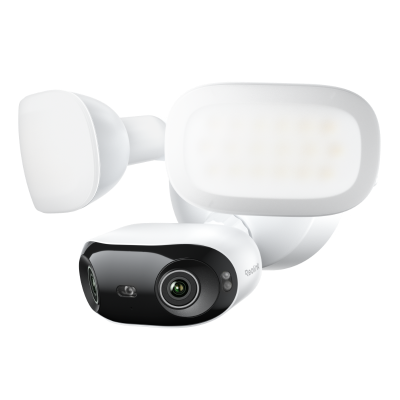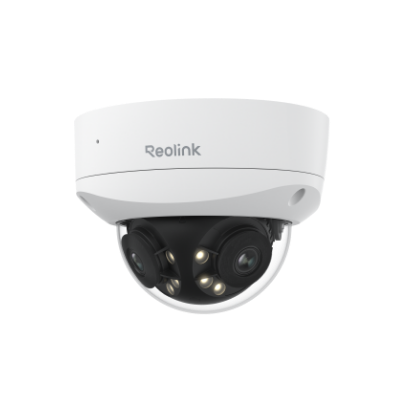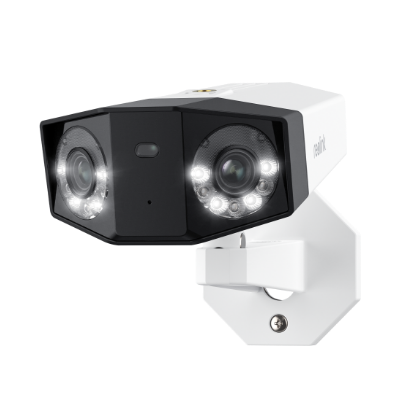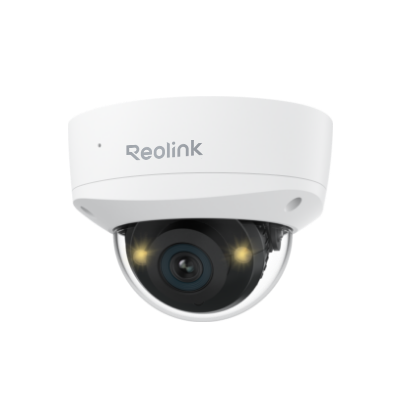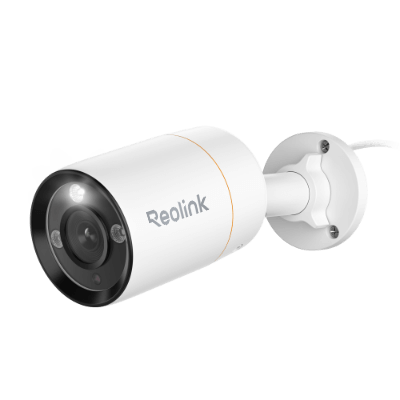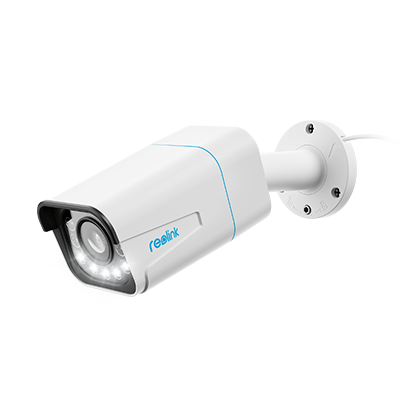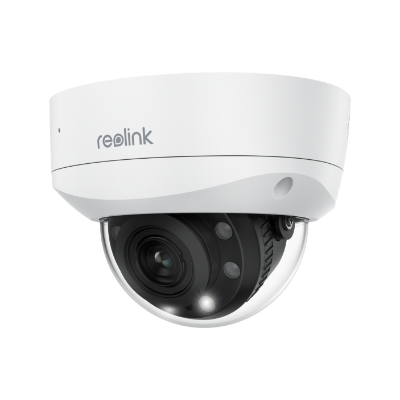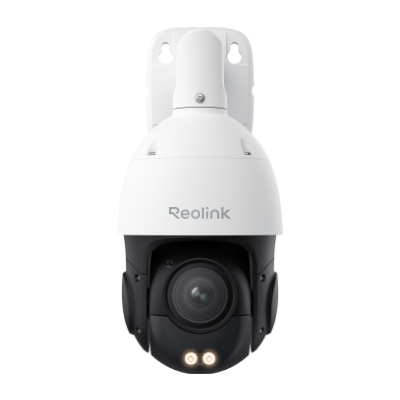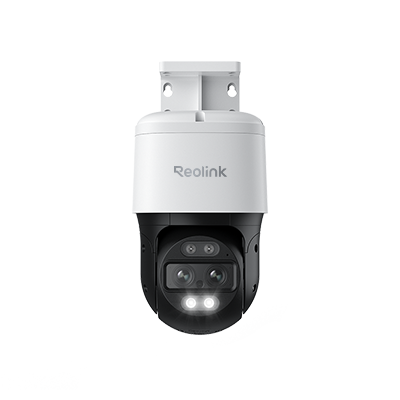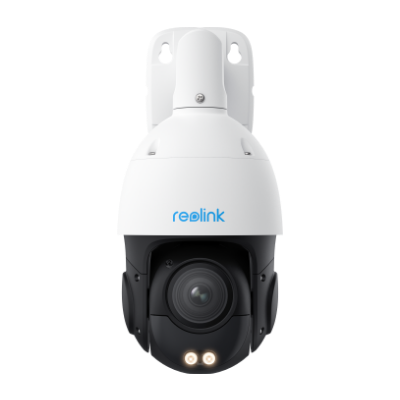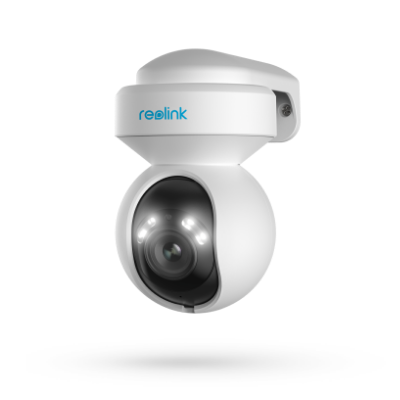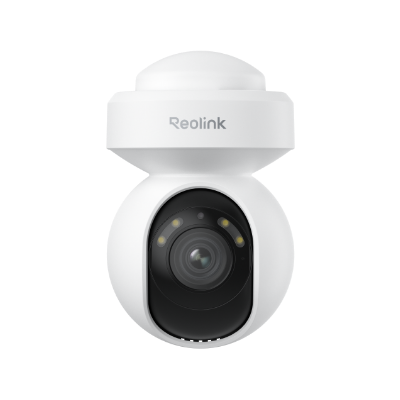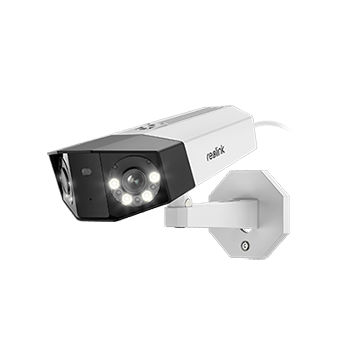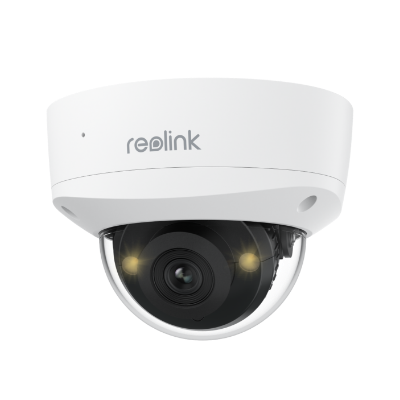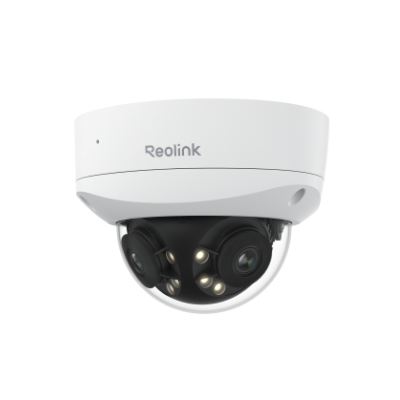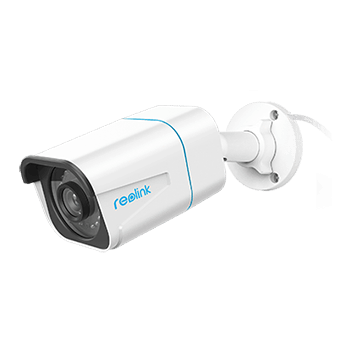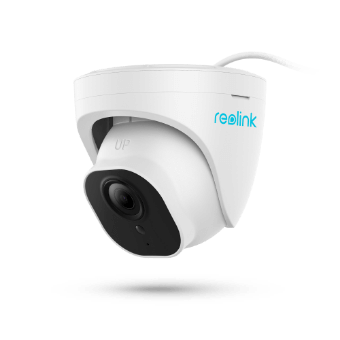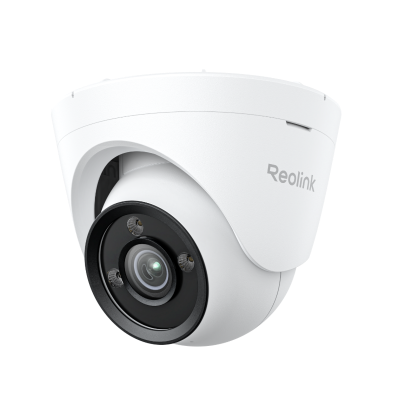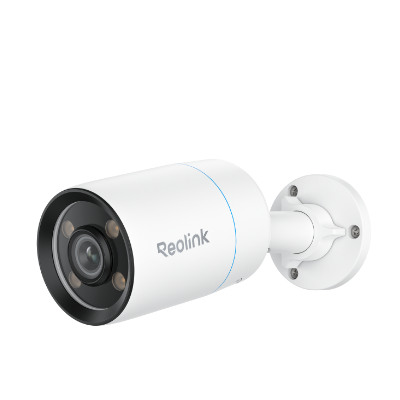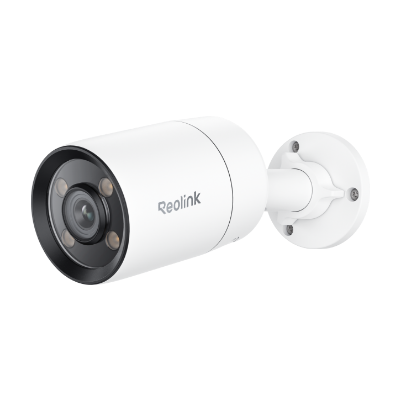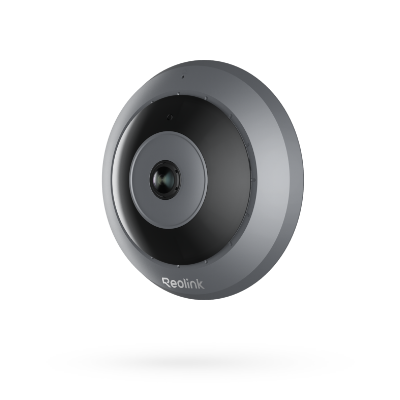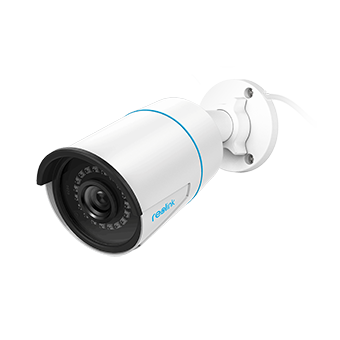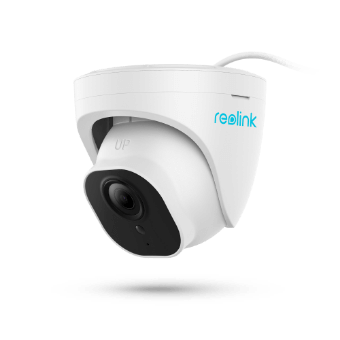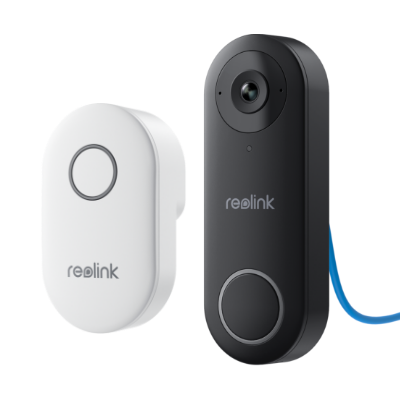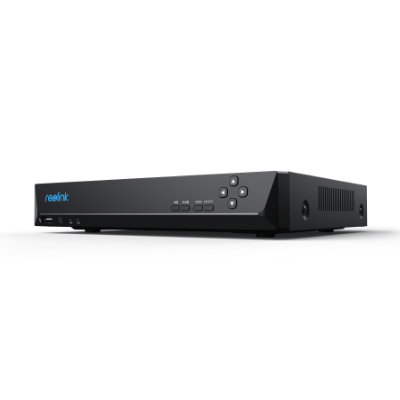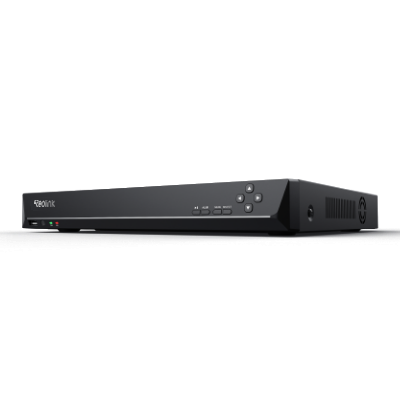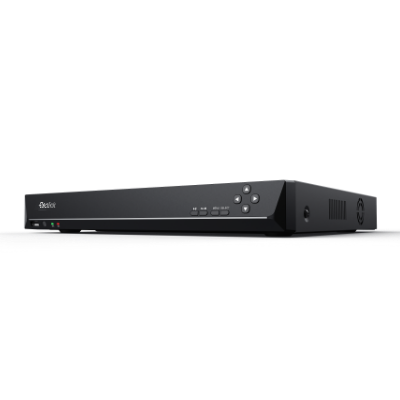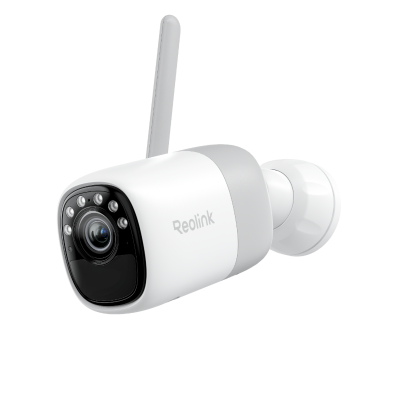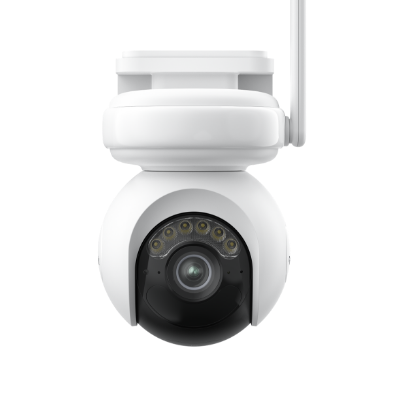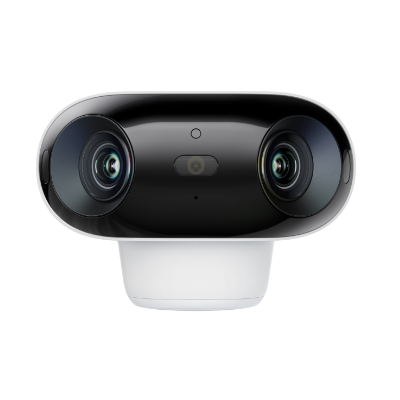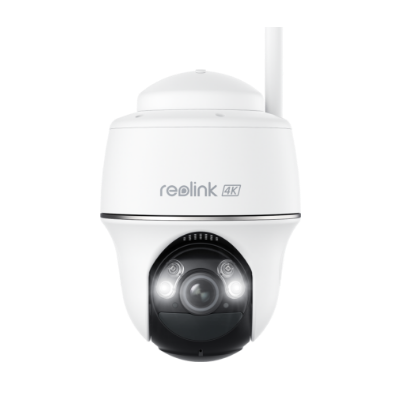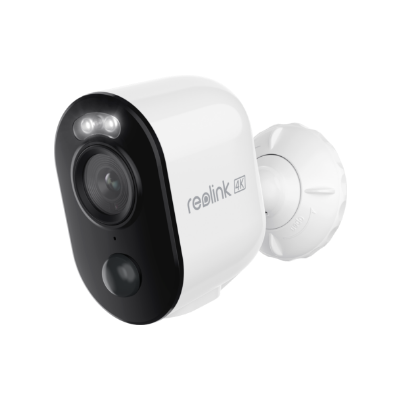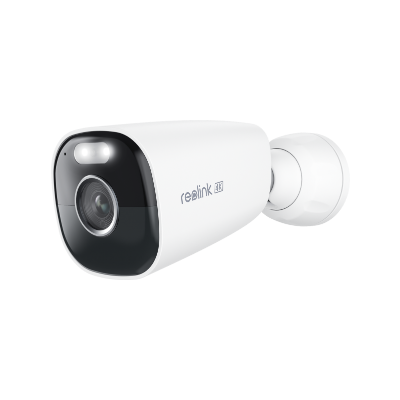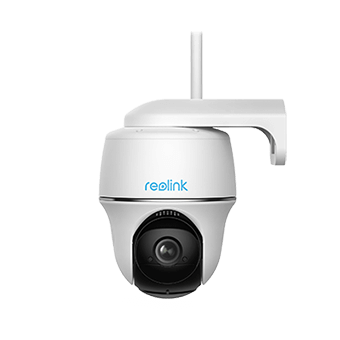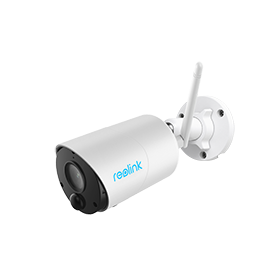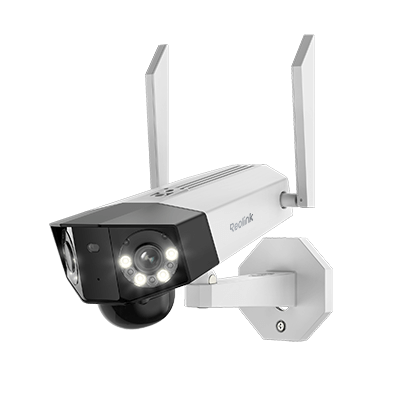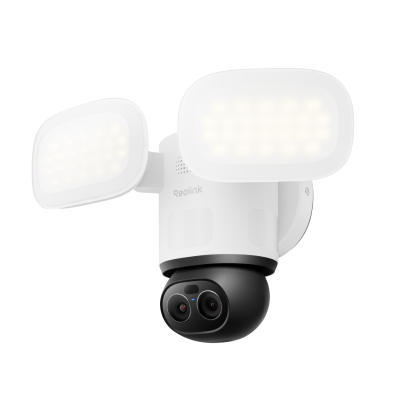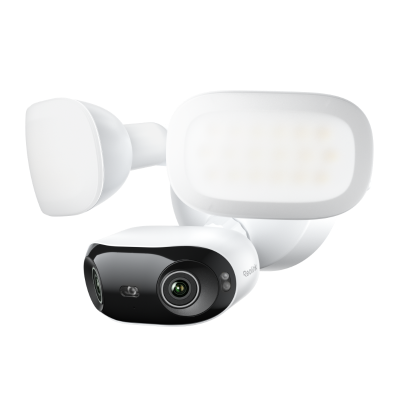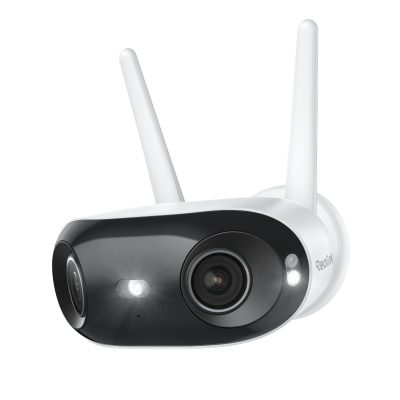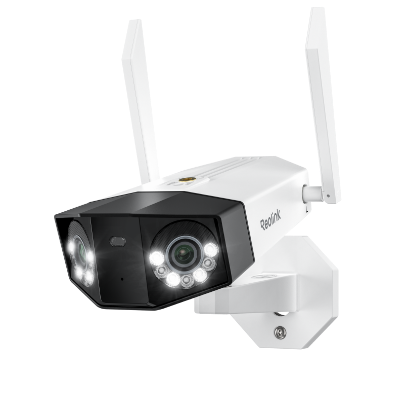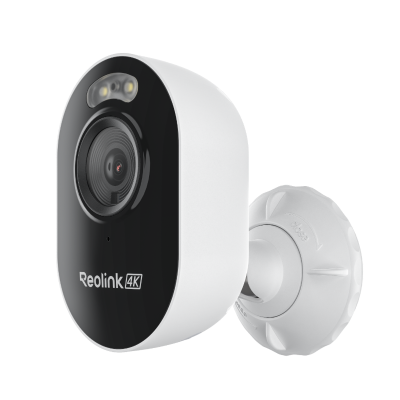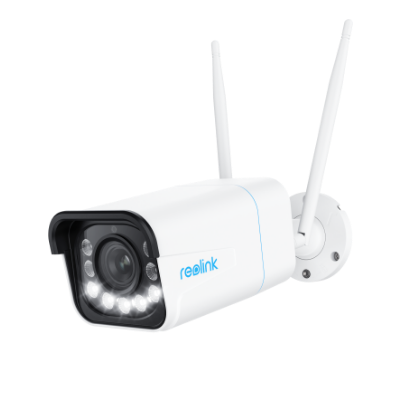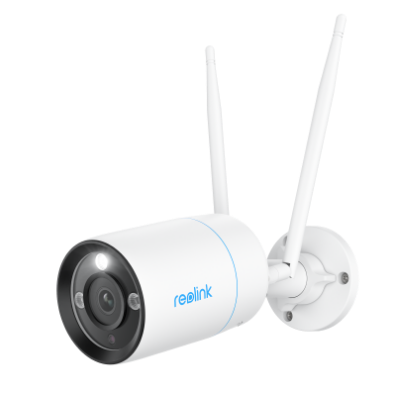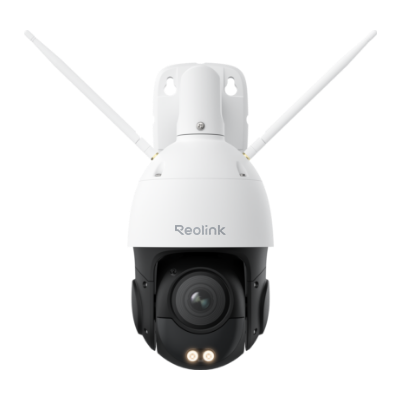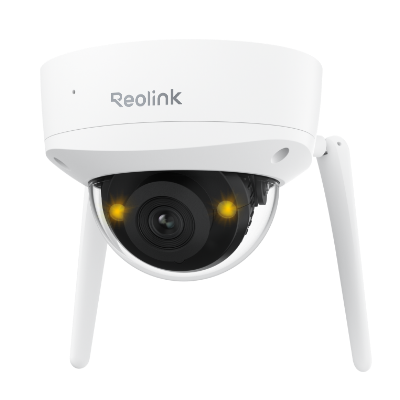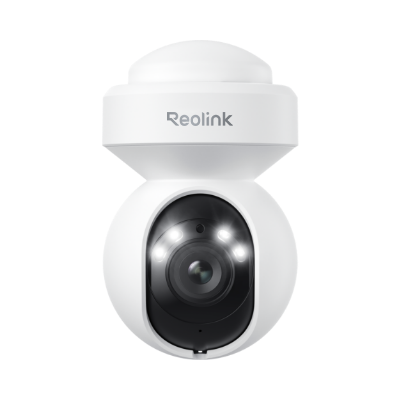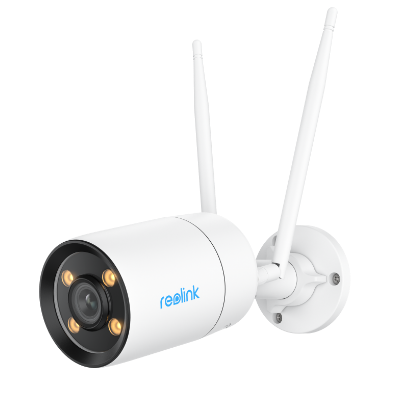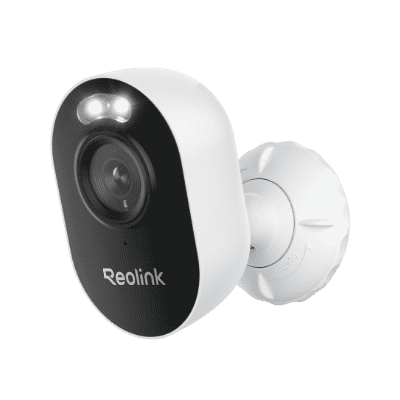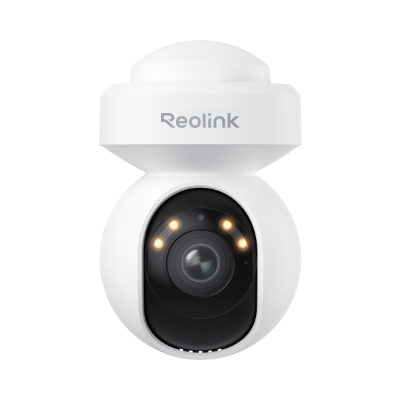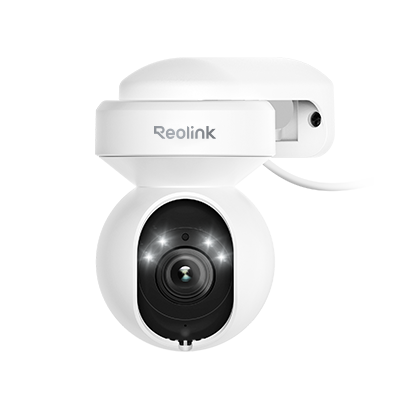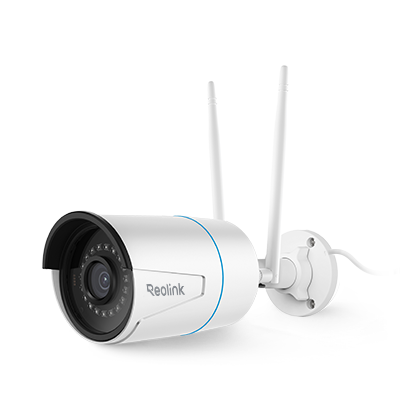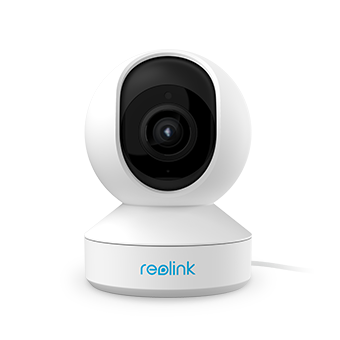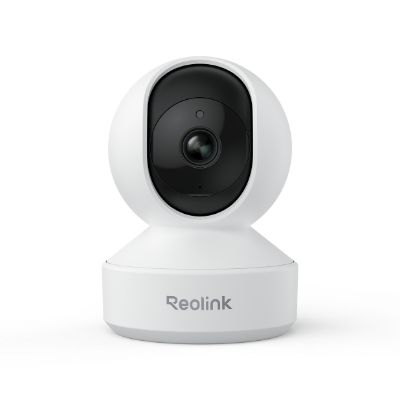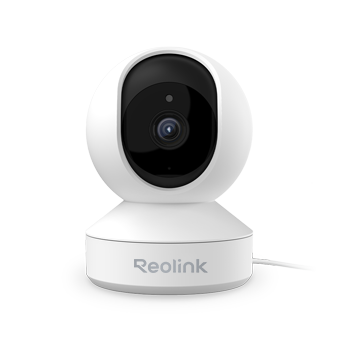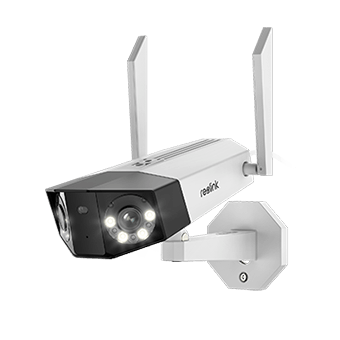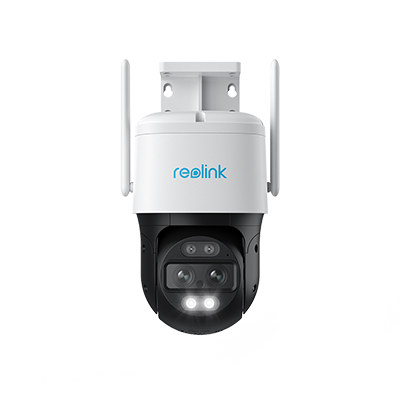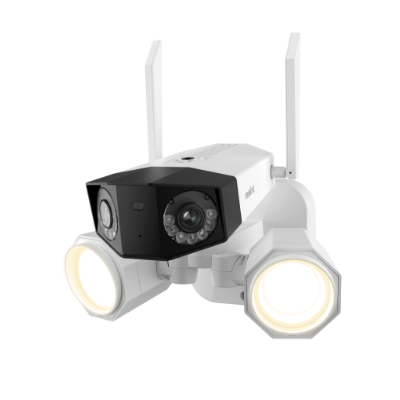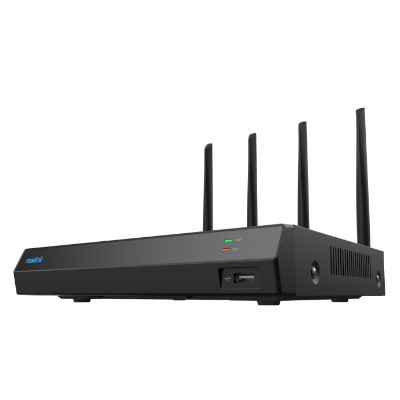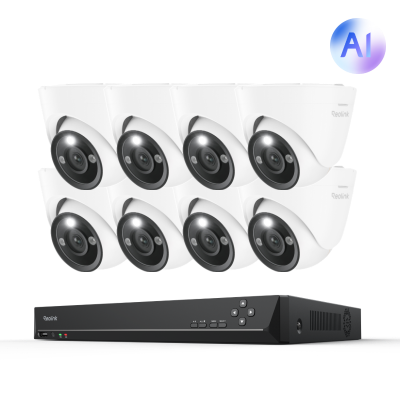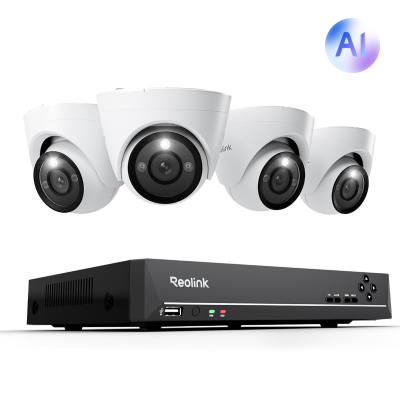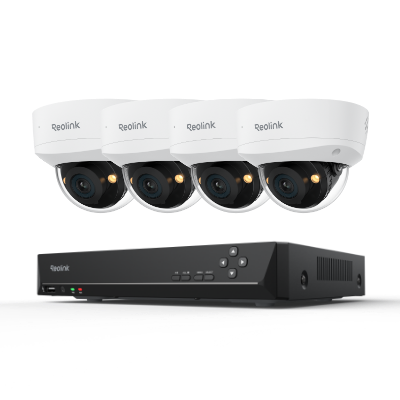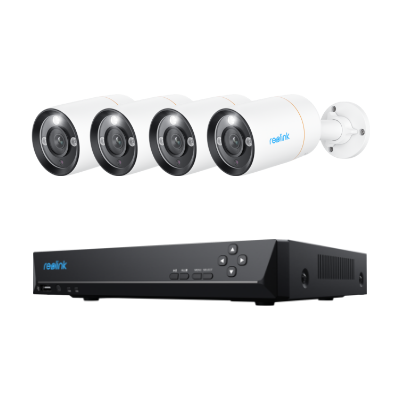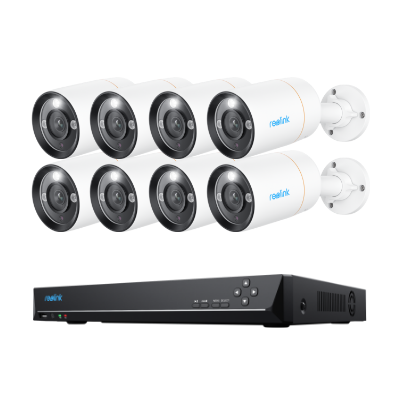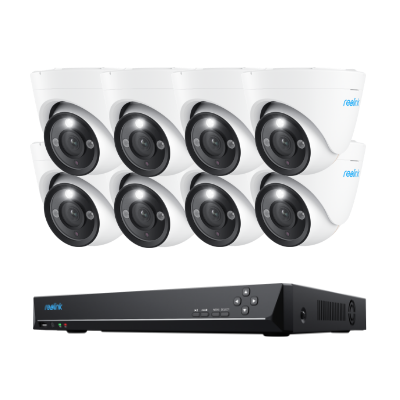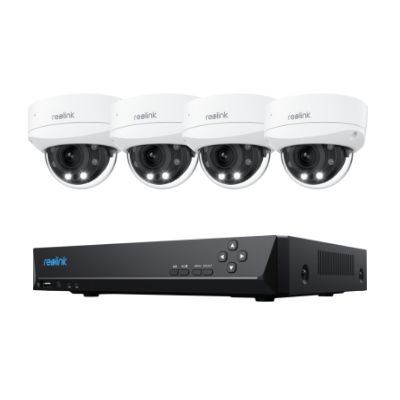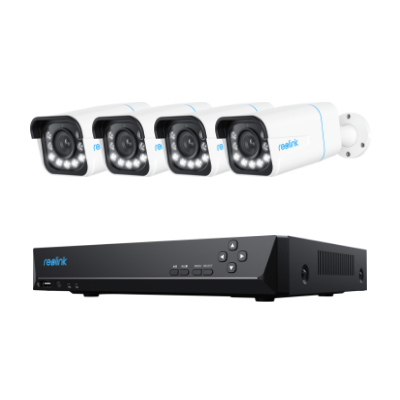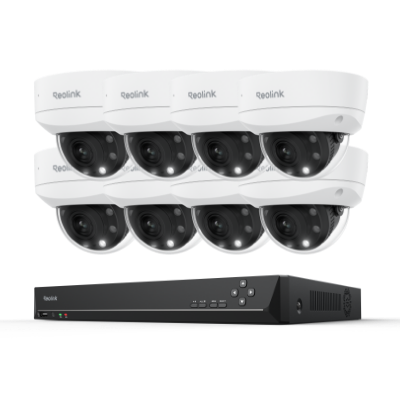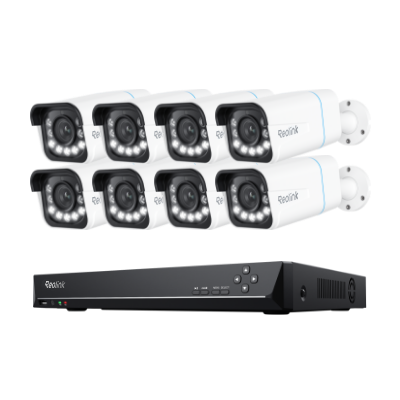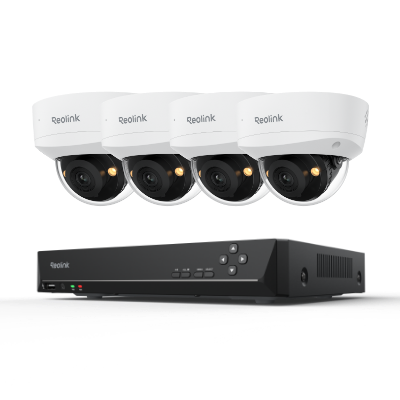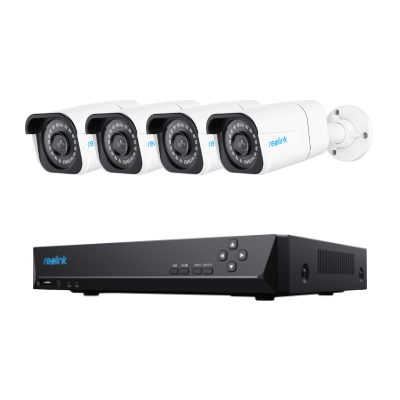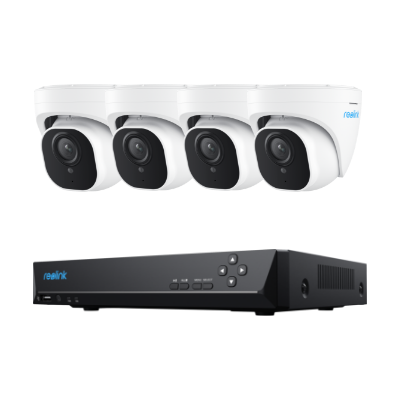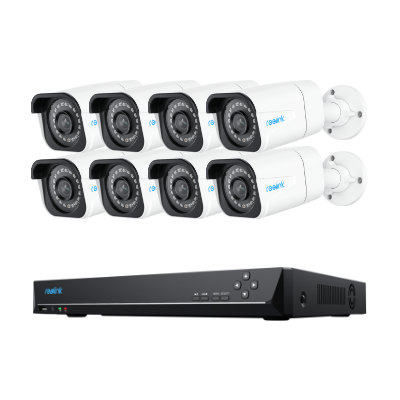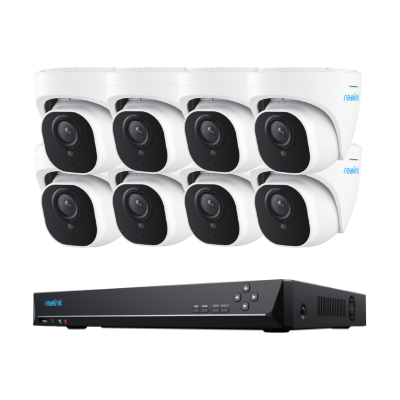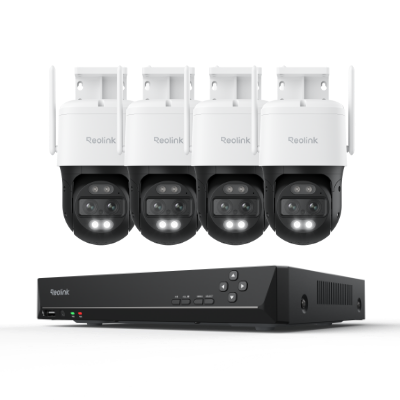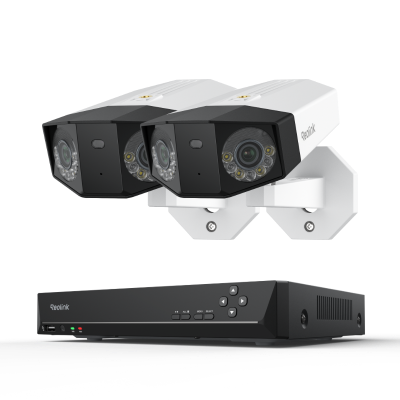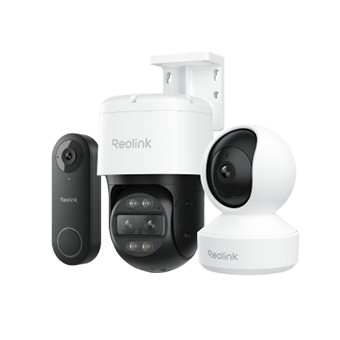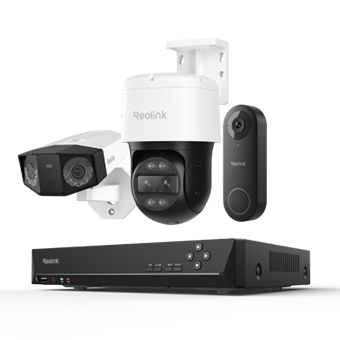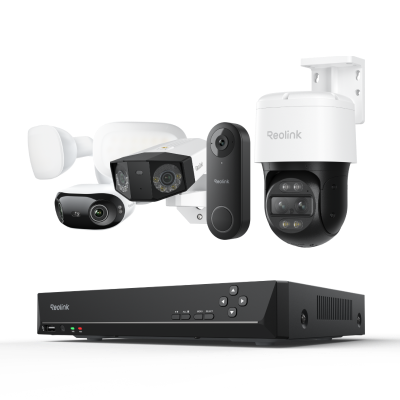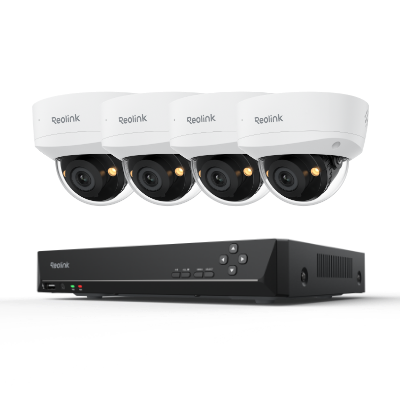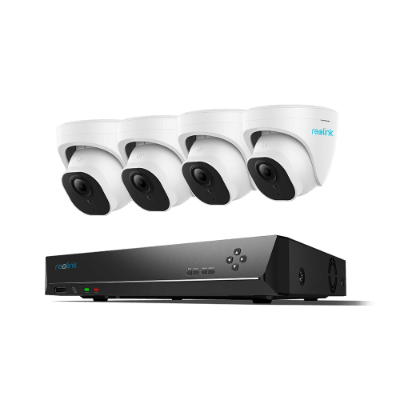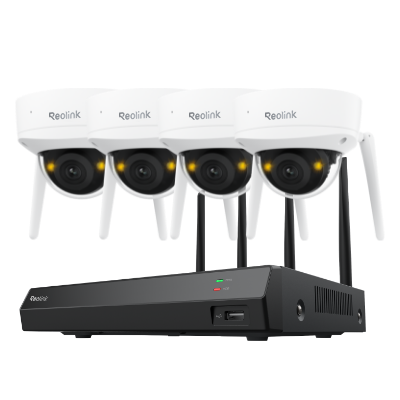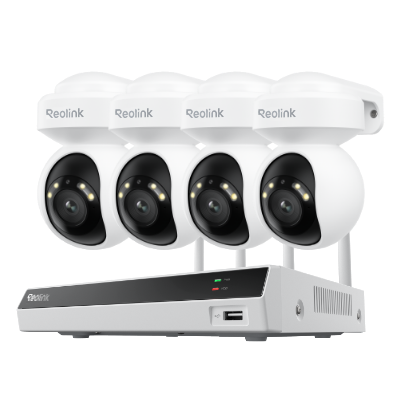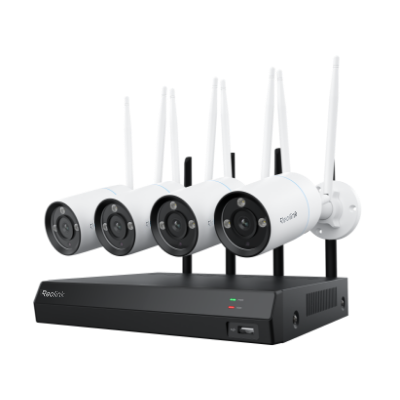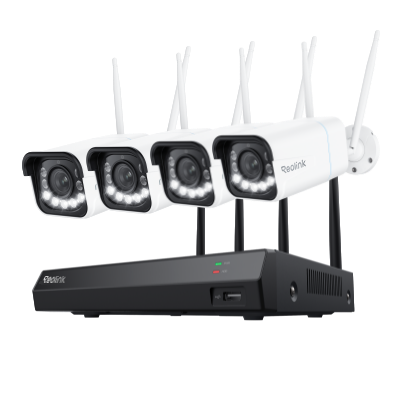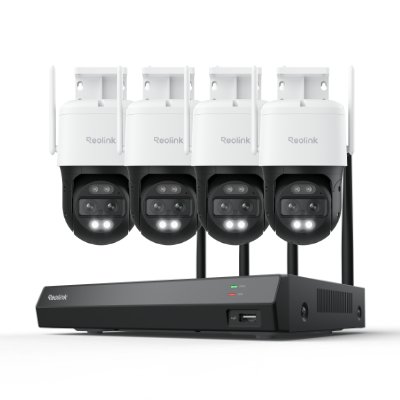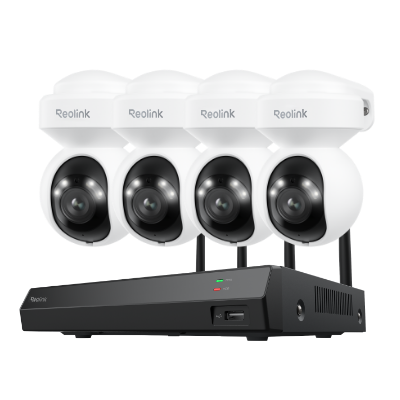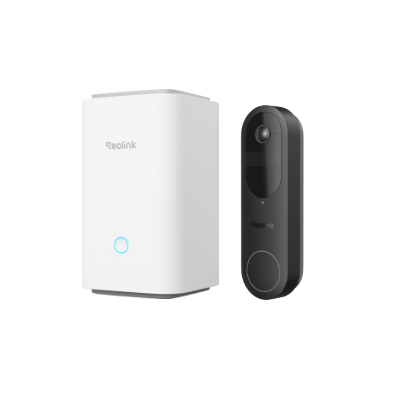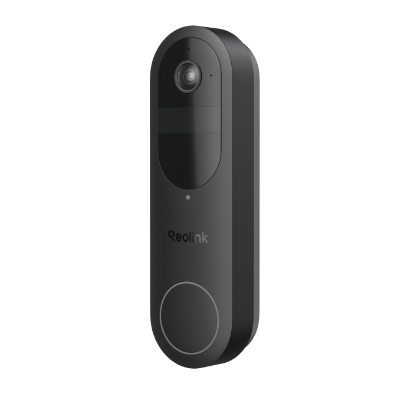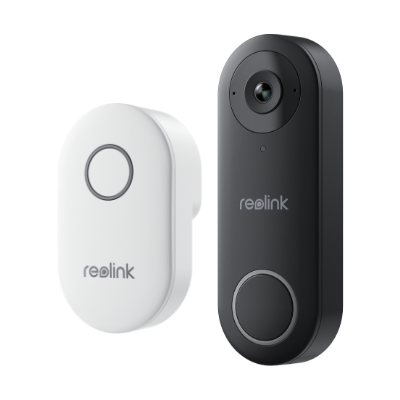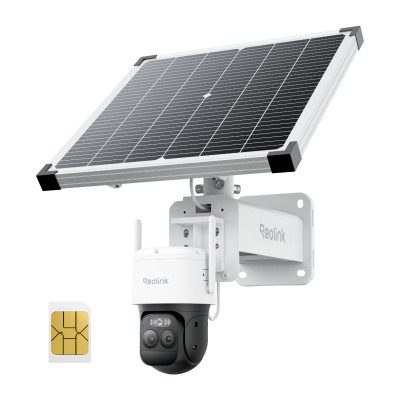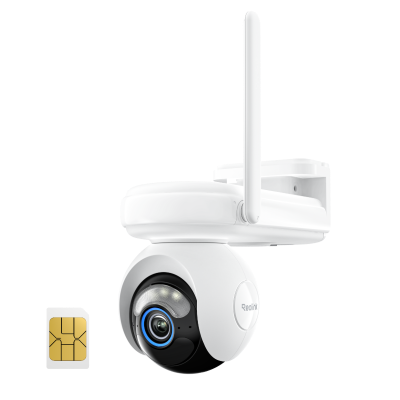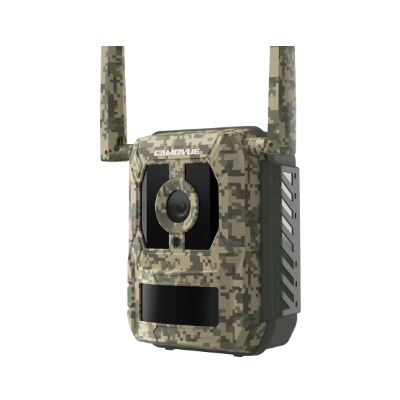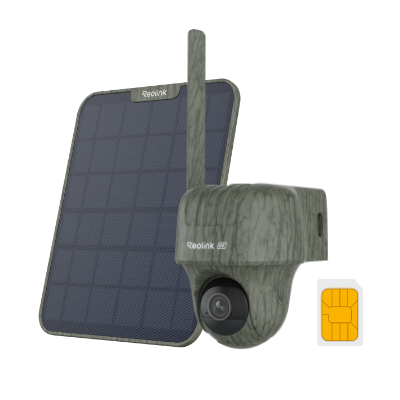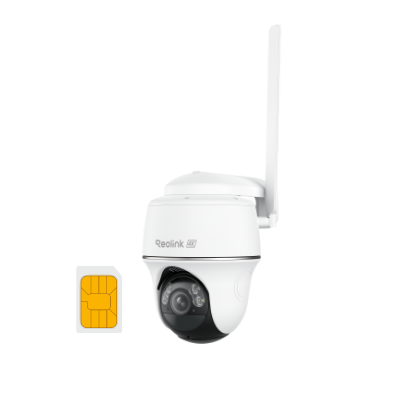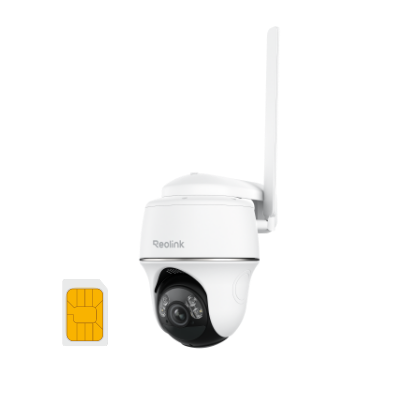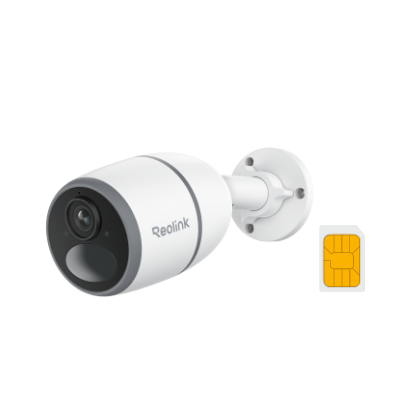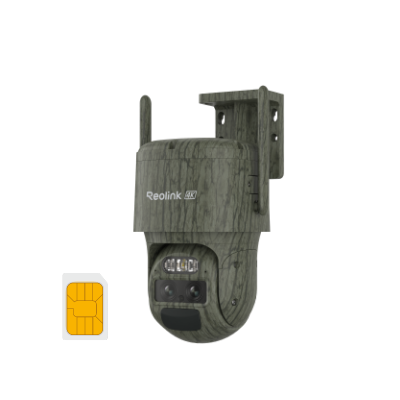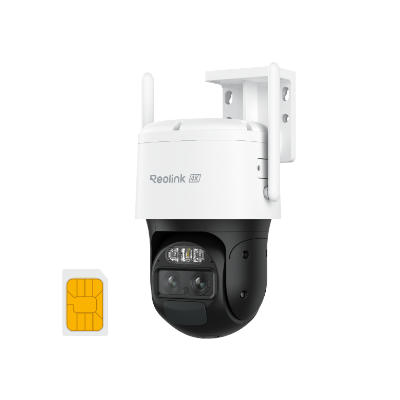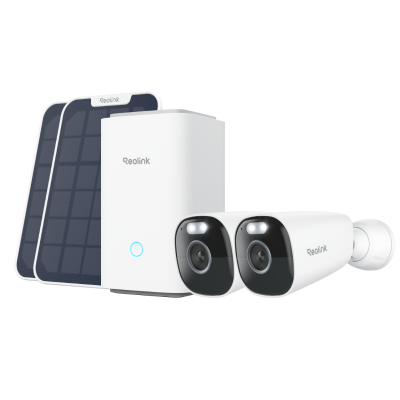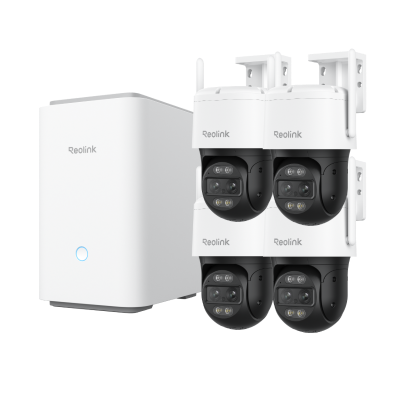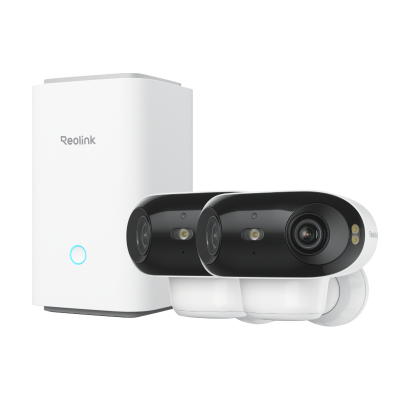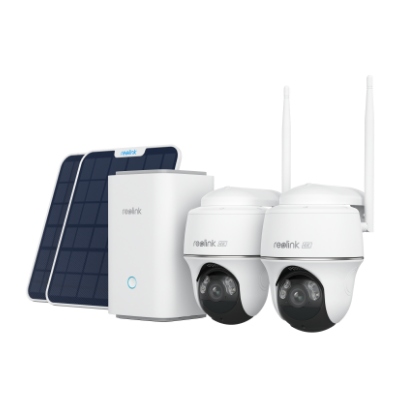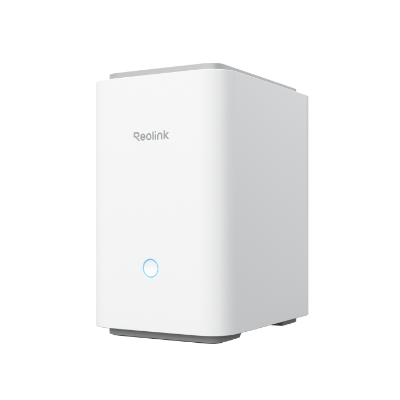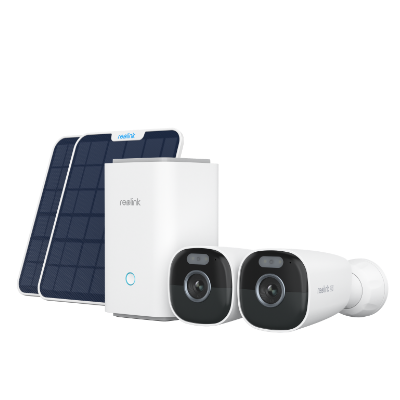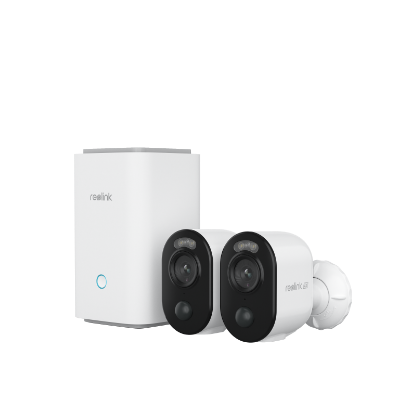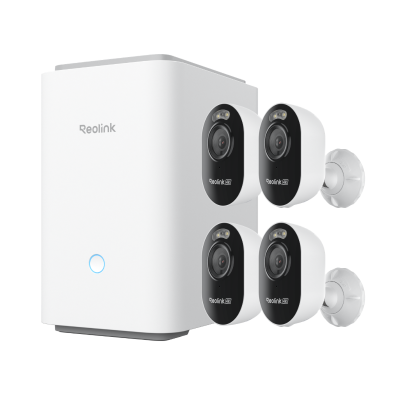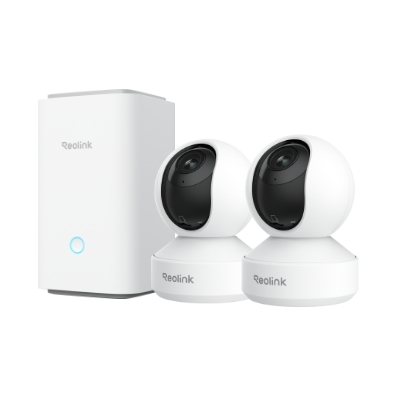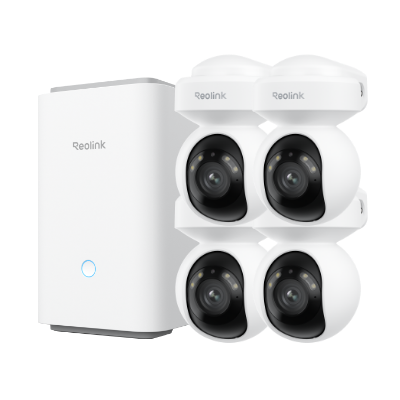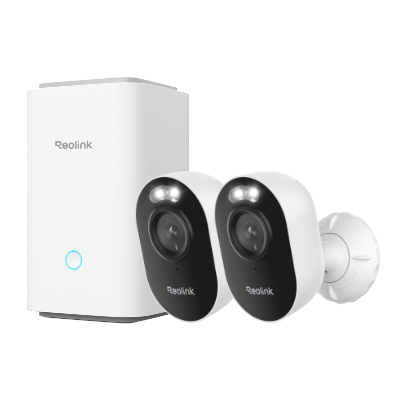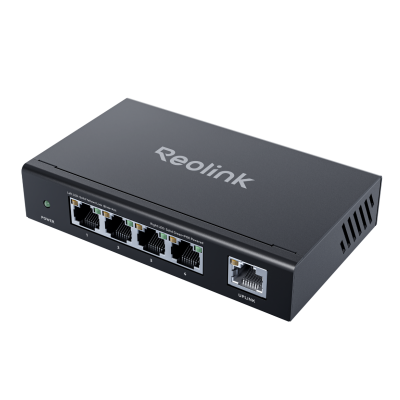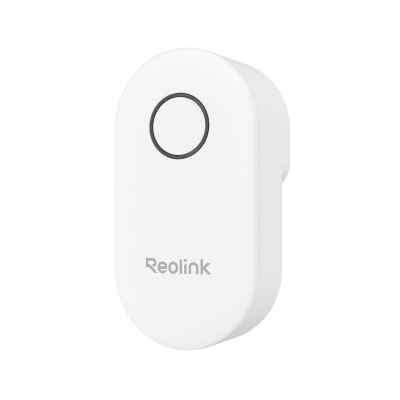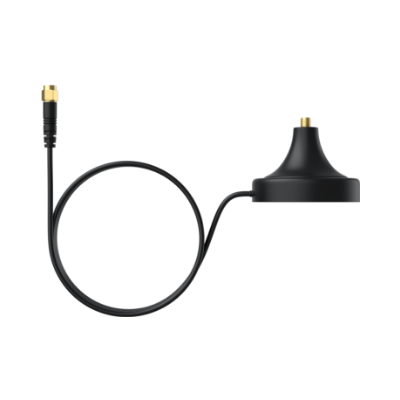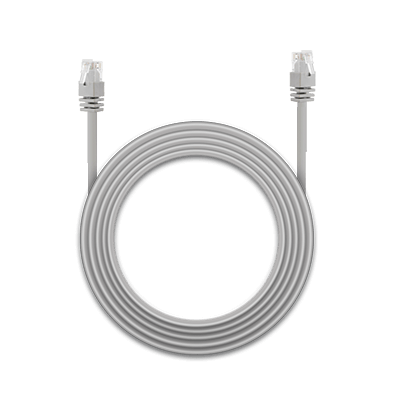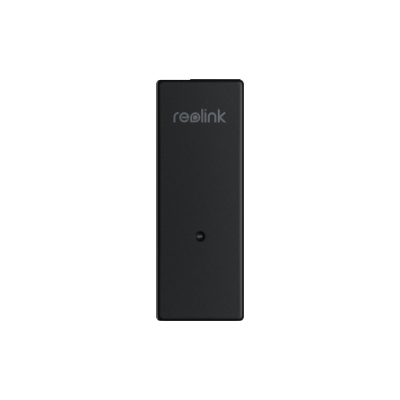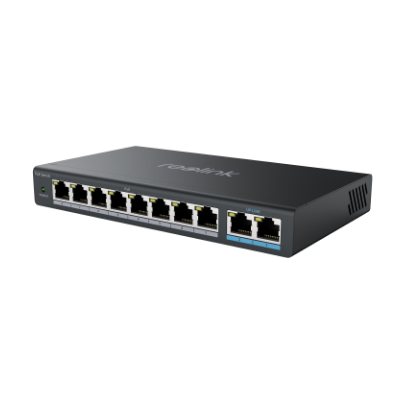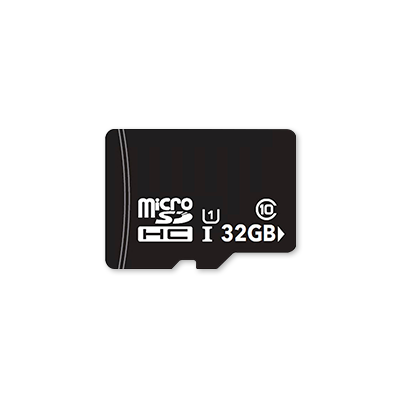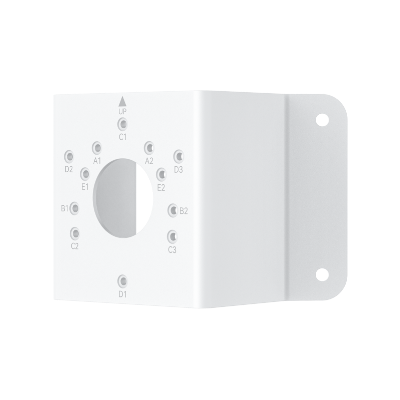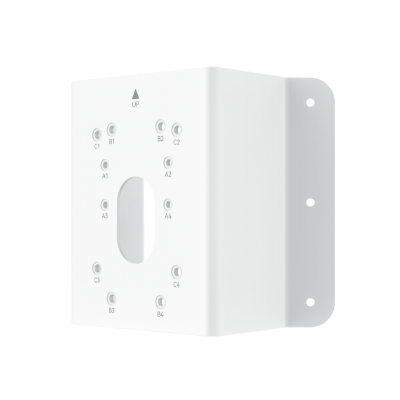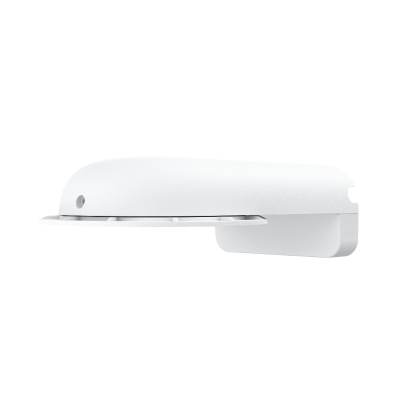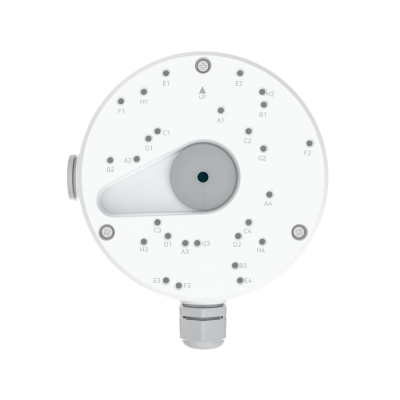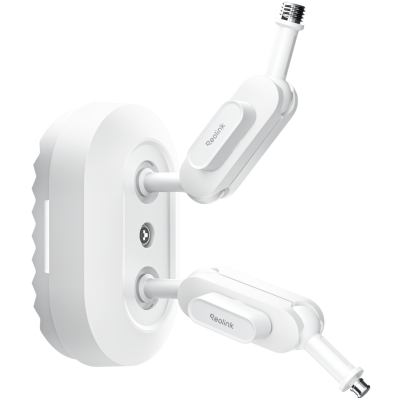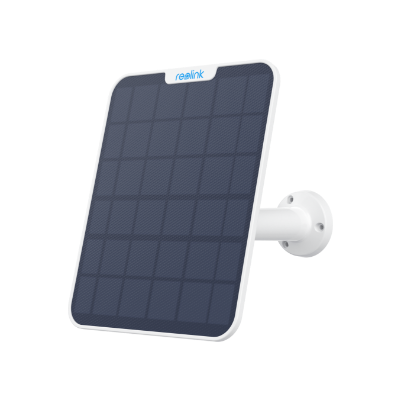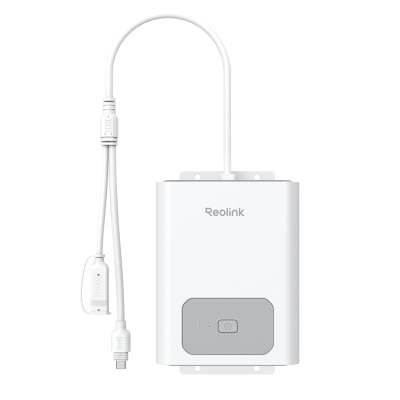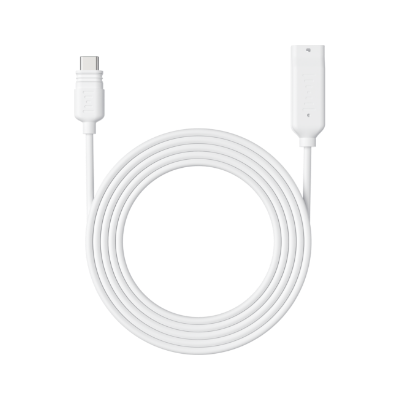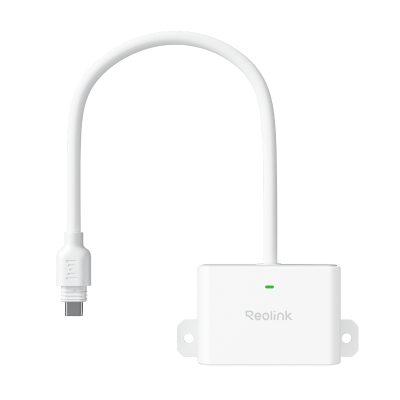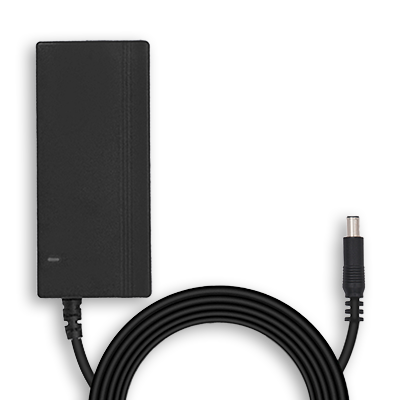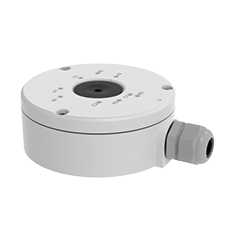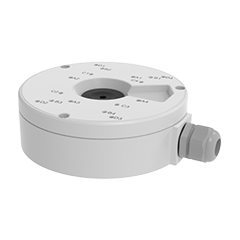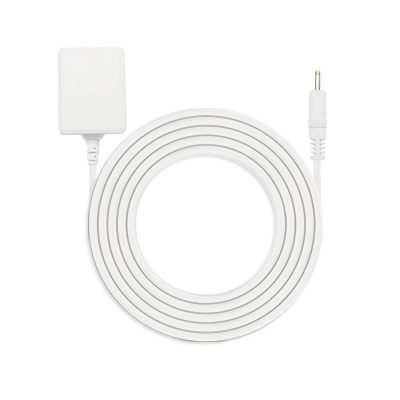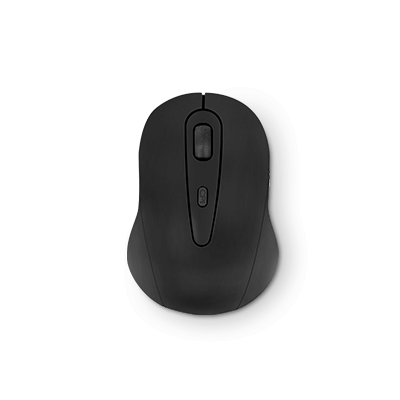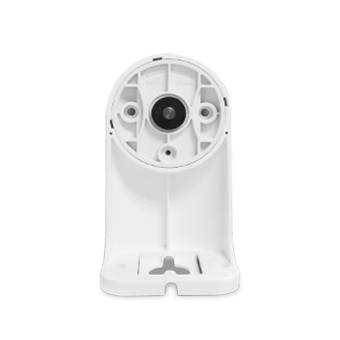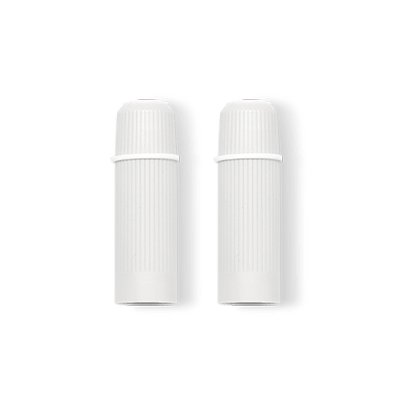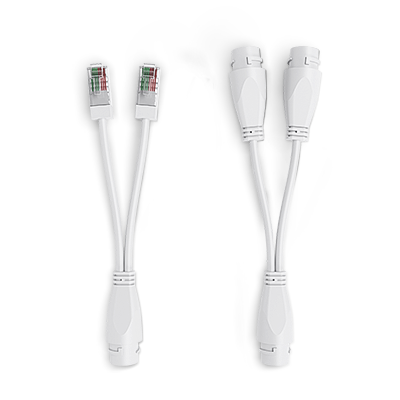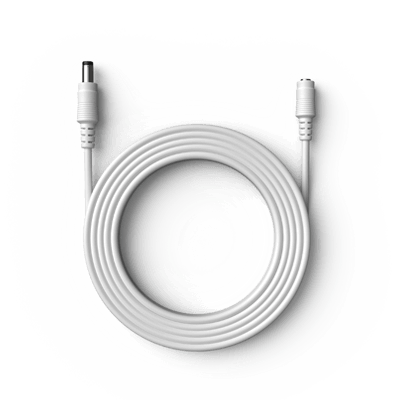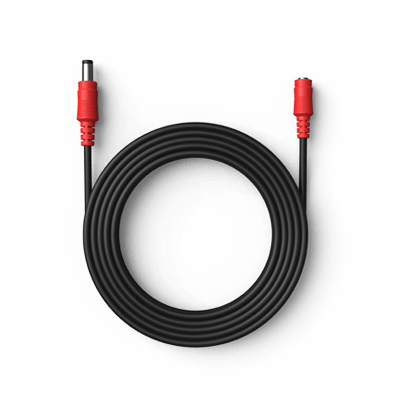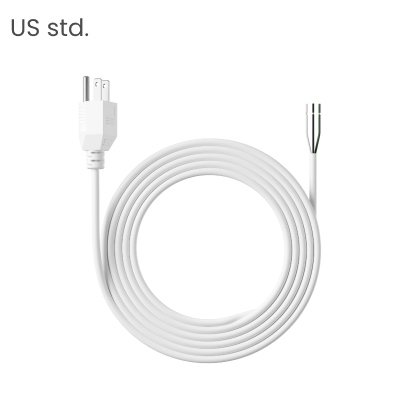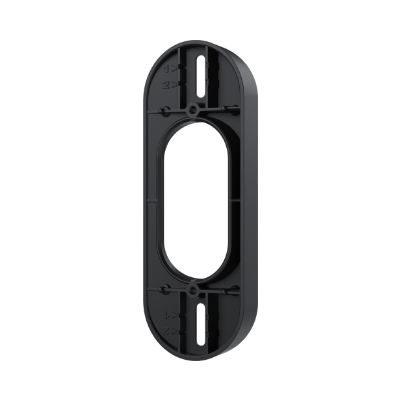How to Secure Sliding Glass Door: 2025 Full Guide
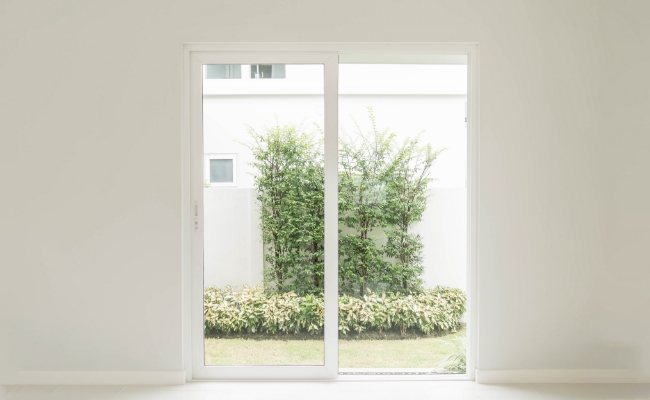
Sliding glass doors offer a seamless connection between indoor and outdoor living spaces. They flood your home with natural light and provide easy access to your patio or garden. However, their large glass surfaces and sometimes inadequate locking mechanisms can make them vulnerable entry points for intruders. Ensuring the security of your sliding glass doors is paramount to safeguarding your home and family.
In this post, we will walk you through a range of effective strategies and techniques to secure your sliding glass doors. Keep reading!
Please check out our comprehensive guide on how to prevent burglar intruding your home if you are interested in learning more about them.
Why Is It Important to Secure Sliding Glass Doors?
Sliding doors are often considered easier targets for break-ins due to their large glass surfaces and inadequate locking mechanisms. Their sizable glass panels can be quickly shattered, providing intruders with a discreet entry point.
Many sliding doors come with basic latch locks that are vulnerable to manipulation, and outdated or poorly maintained hardware can further compromise security.
Additionally, even if sliding doors are locked, it's possible to shift or lift a sliding glass door from its track, granting intruders easy access to your home.
4 Optimal Measures to Secure Sliding Glass Door
Ensuring the safety of sliding glass doors against potential intruders requires a comprehensive approach. There are various security measures at your disposal to enhance the protection of your residence.
1. Installing a better lock for sliding glass door
Sliding glass doors typically include a built-in lock mechanism, but these may leave your home's security vulnerable. To fortify the security of your sliding door effectively, you need to consider robust locking options.
The most secure method to protect your sliding door is by installing a specialized sliding door lock. These locks are positioned at the top, where the stationary and sliding glass panels meet. They work with standard door locks and can only be operated by adults or taller children.
These locks eliminate the possibility of anyone tampering with the door, whether from the inside or outside. Many of these locks offer dual locking positions: one to completely secure the door and another to allow for partial ventilation with the door locked at either 3 or 6 inches open.
Another worthwhile option is the immediate installation of a double key deadbolt when fitting the door, making it one of the primary security features. This is certainly a superior alternative to the standard lever-based latch commonly provided with the door. Double key deadbolts elevate security by necessitating a key to both lock and unlock the door from both sides. Even if an intruder shatters the glass, they won't be able to simply turn a thumb-turn knob or lever handle to open the door from the inside.
2. Installing a security bar for sliding glass door
A door security bar serves as a valuable tool, providing added reinforcement that significantly deters unauthorized access, making it a formidable challenge for anyone attempting to manipulate the door's lock.
You can easily obtain specialized safety bars from hardware stores or online retailers. Selecting a safety bar of the appropriate length is essential to fit snugly into the door's track when it's closed, preventing any potential movement. Alternatively, you have the option to DIY the installation of safety bars for your glass sliding doors. This can be achieved by cutting a piece of wood or locating a suitable tenon to insert into the track when the door is closed, effectively thwarting any external entry attempts.
Regular inspection and maintenance of the safety bar are imperative to ensure its continued functionality, as wear and tear over time can compromise its effectiveness.
3. Getting a security film for sliding glass door
Despite having robust door locks and security bars, burglars may attempt to breach sliding doors by breaking the glass. An effective solution is the application of shatterproof window film. This film is easily applicable to the door's glass surface and boasts a potent adhesive that adheres firmly, rendering it resistant to impacts. In the event of glass breakage, the film acts as a barrier, preventing it from splintering into small, hazardous fragments.
Many of the shatterproof films on the market offer added safety features. Among these features is the ability to maintain an unobstructed view from the interior to the exterior while simultaneously obstructing the view from the exterior to the interior. This dual functionality enhances security by discouraging potential trespassers.
4. Protecting sliding glass door with security system
For security, consider incorporating electronic security measures into your home protection strategy. While these options may not be foolproof in preventing break-ins, they excel at providing valuable alerts to you or the authorities.
One option is the use of sliding door sensors, which can promptly notify you if a door is opened or left ajar. Some advanced sensors even come equipped with mobile apps, ensuring that you receive instant alerts on your smartphone or have the option to contact security services.
Another effective choice is glass break detectors designed for sliding glass doors. These sensors can be easily mounted directly on the door and emit an alarm if the glass is shattered, promptly drawing attention to a potential breach.
To further fortify your security, consider the installation of both exterior and interior security cameras. Visible cameras act as a powerful deterrent, dissuading potential burglars who know they are more likely to be captured and identified.
When selecting a security camera system, prioritize high-quality cameras with features like HD video recording, PTZ capabilities, and motion detection. Brands like Reolink offer home security cameras that excel in these aspects, providing enhanced protection and peace of mind.
What to Consider When Choosing Sliding Doors for Security?
When choosing your optimal security strategy for your sliding doors, you should consider the following:
-
Minimal view interference: Choose security measures that have minimal impact on the unobstructed view and natural light provided by the glass sliding doors. Security should not compromise aesthetics or visibility.
-
Ease of installation: Opt for solutions that are easy to install. While some may require professional installation, prioritize options that can be DIY projects for homeowners with basic handyman skills.
-
User-friendly operation: Ensure that the security measure is easy to operate. Complex or cumbersome solutions may deter their consistent use. An effective security measure should be convenient and hassle-free to apply.
-
Strong deterrent: The selected security measure should be highly effective against intruders. It should not merely delay forced entry for a minute or two but serve as a substantial deterrent to discourage determined intruders.
FAQs
1. Can you put a smart lock on a sliding door?
Yes, you can install a smart lock on a sliding door for keyless and remote access. Ensure compatibility with your door type, follow the manufacturer's instructions, and enjoy added security and convenience.
2. What are the options for locking sliding glass doors?
There are several options for enhancing the security of sliding glass doors. These include traditional keyed locks, mortise locks with multiple locking points, surface-mounted sliding bolt locks, security bars or rods that fit in the door's track, smart locks for keyless and remote control, pin locks that secure the door to the frame, foot-operated locks at the bottom of the door, auxiliary locks for added security, reinforced frames and tracks, shatterproof or security film on the glass, bars for the door's track to prevent lifting, and window locks if the sliding door has a window.
3. How do burglars open sliding doors?
Burglars employ various methods to gain access through sliding doors. One approach involves the application of force, where they push or pry the door to exploit weaknesses in locks or frames. Picking locks is another tactic, with skilled burglars attempting to manipulate standard pin tumbler locks. They may also bypass locks using tools or techniques that allow them to manipulate the mechanism without visible damage.
Lifting the door off its track is yet another effective method if it lacks proper security or has a weak frame. Additionally, breaking the glass panels is a straightforward way for burglars to unlock the door from the inside, while tools like crowbars and screwdrivers may be used to force entry or manipulate the lock.
Conclusion
Securing your sliding glass door is vital to home safety and protection. By implementing the right security measures, you can greatly reduce the risk of unauthorized access and potential break-ins.
Remember that no single security measure is foolproof, so combining multiple methods for comprehensive protection is often a wise strategy. Regular maintenance and periodic security assessments can also help ensure that your sliding glass door remains a strong barrier against intruders.
If you like this article and find it helpful, share it with your friends. Got something to say about sliding door security? Make sure you leave a comment below!
Related Posts
Search
Subscribe for the Latest Updates
Security insights & offers right into your inbox

